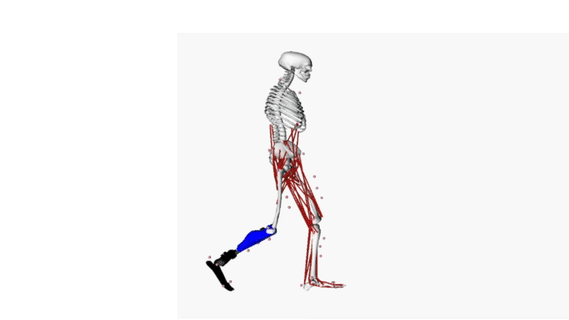
The development of personalized neurorehabilitation and augmentation technologies requires the profound understanding of the neuro-mechanical processes underlying an individual’s motor function, impairment, and recovery. A major challenge is the difficulty of accessing the in vivo neural activity underlying human movement concurrently with the resulting mechanical forces elicited at the musculoskeletal level. Key factors for addressing this challenge are the development of techniques for interfacing with the human nervous system and for the accurate decoding of the resulting motor function.
This review aims to discuss clinically viable methods for accessing the neural information underlying an individual’s movement from electrophysiological recordings and the development of subject-specific musculoskeletal modeling formulations that can be driven by the extracted neural features. This approach is referred to as neural data-driven musculoskeletal modeling and is introduced and discussed with a critical comparison to alternative model-free approaches in the context of neurorehabilitation technologies.
In this scenario, we discuss how neural data-driven modeling enables accessing a broader range of neuro-mechanical variables than analyzing electrophysiological data or movement data individually. We show how this enables understanding the complex dynamics of human-machine interaction in individuals wearing assistive devices, i.e. how worn prosthetic limbs or powered orthoses contribute to alter an individual’s internal neuromusculoskeletal variables. We finally discuss how understanding the mechanisms underlying an individual’s neuro-musculo-skeletal function is central for addressing one of the major challenges in the field of neurorehabilitation technologies: personalizing the design of biologically inspired wearable technologies, human-machine interface, and robot-aided rehabilitation interventions to a specific patient’s anatomy and impairment.
Keywords: Electromyography (EMG), musculoskeletal modeling, neural recordings, neurorehabilitation technologies, wearable robots, Brain modeling, Force, Muscles, Neurons

